Dutch Delftware jar?
Vraag
I would like to know if this jar/vase is a Dutch Delftware or probably an English Delftware. I am wondering if the shape (especially the narrow opening at the top) is a Dutch form. And I would like to know your estimation of the period this jar was made. Thank you in advance and kind regards
Afmetingen
Hight: 30cm
Width/Depth: 22cm
Width/Depth: 22cm
Collectie
publiekscollectie
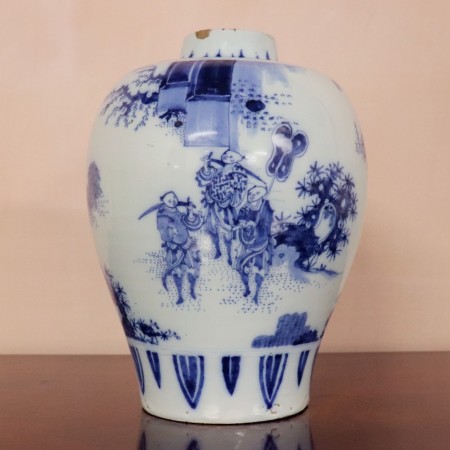
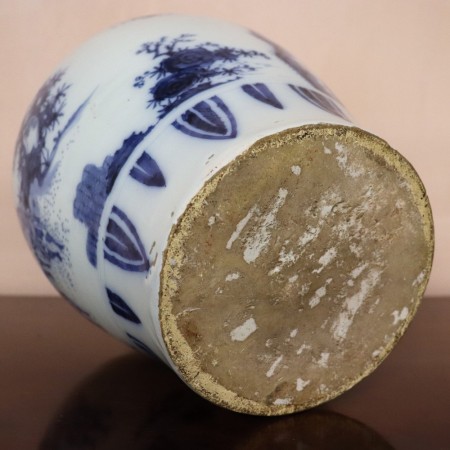
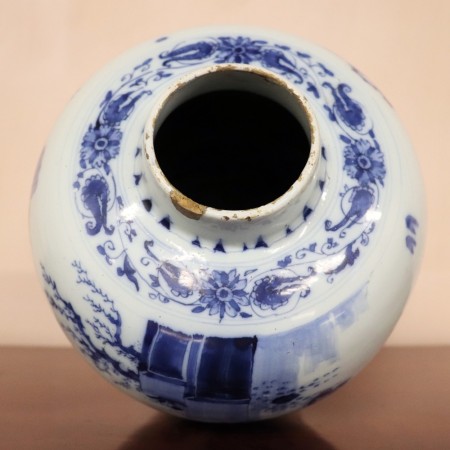
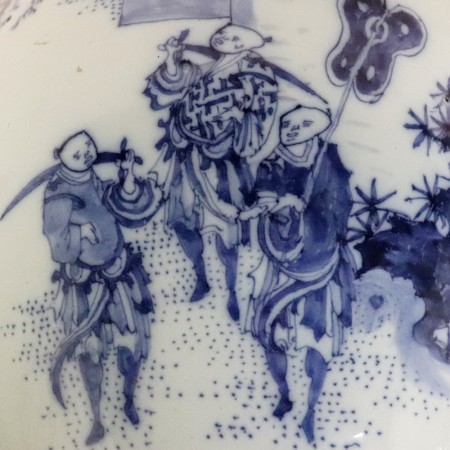
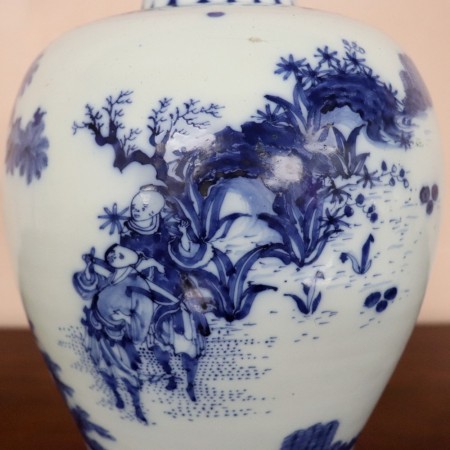









Reacties 3
Hello Thorsten Hotz, This jar is 100% Dutch Delftware, made circa 1680 -1690.
Often these beautiful vases are not marked. Not all quality pieces are marked and sometimes it is even the other way around, Some NOT marked pieces are much better in quality and way of painting then the marked pieces. Yes, Some of the SVE, AK, etc.pieces are exceptions, these marked pieces are exceptional.
Beoordeling:
Toelichting:
Beautiful Dutch jar, congratulations with this find.
Dear Thorsten, the vase has a baluster shape, and the decoration is based on a transitional Chinese porcelain vase. The shape of the vase will thus also have been copied from Chinese examples. About the background of this shape: you can find it in many cultures in various eras, as early as 1500 BC. So it is not specific to Delftware. Kind regards, Patricia Jansma
Reactie toevoegen
Alleen ingelogde gebruikers kunnen reacties plaatsen
Login of registreer om te reageren